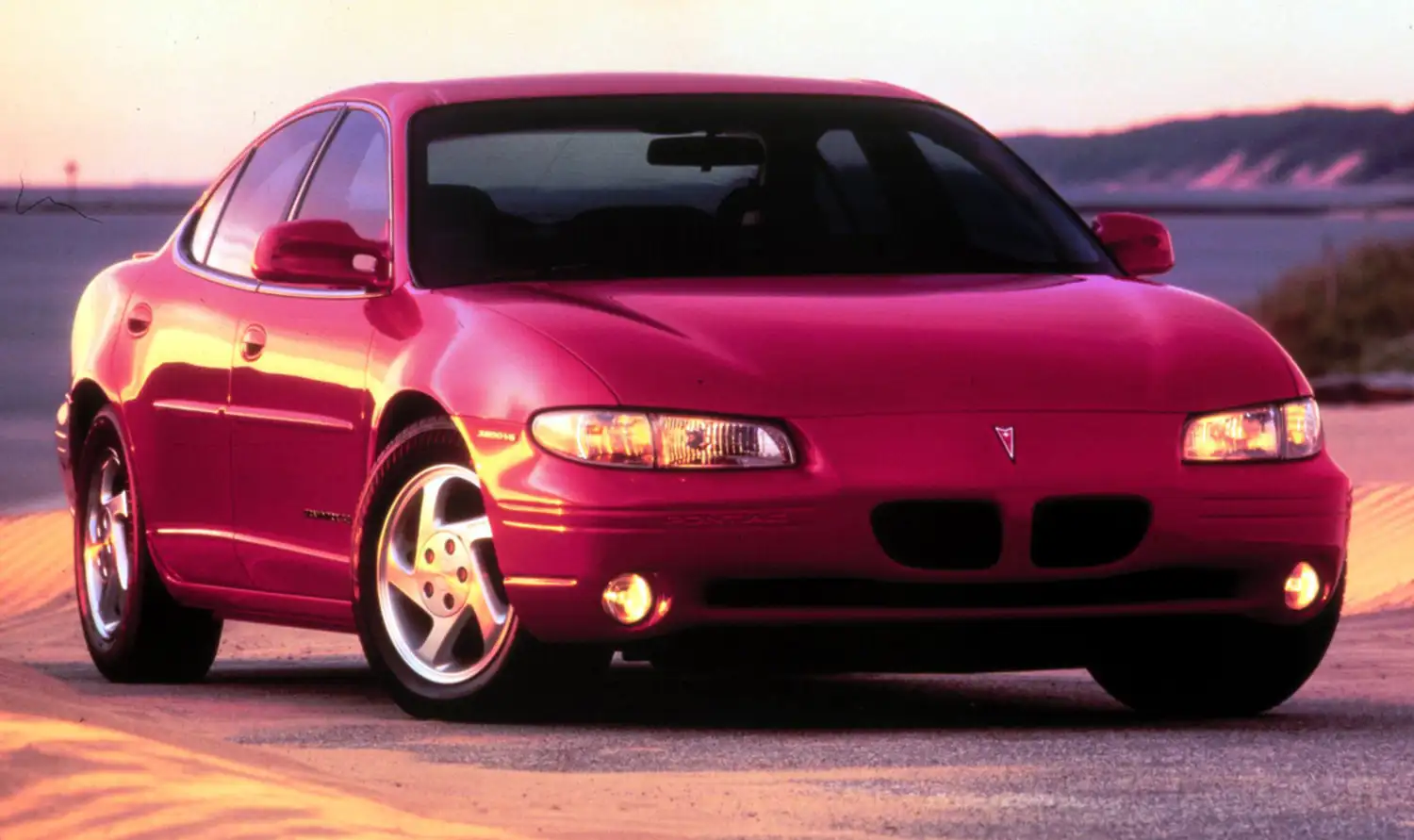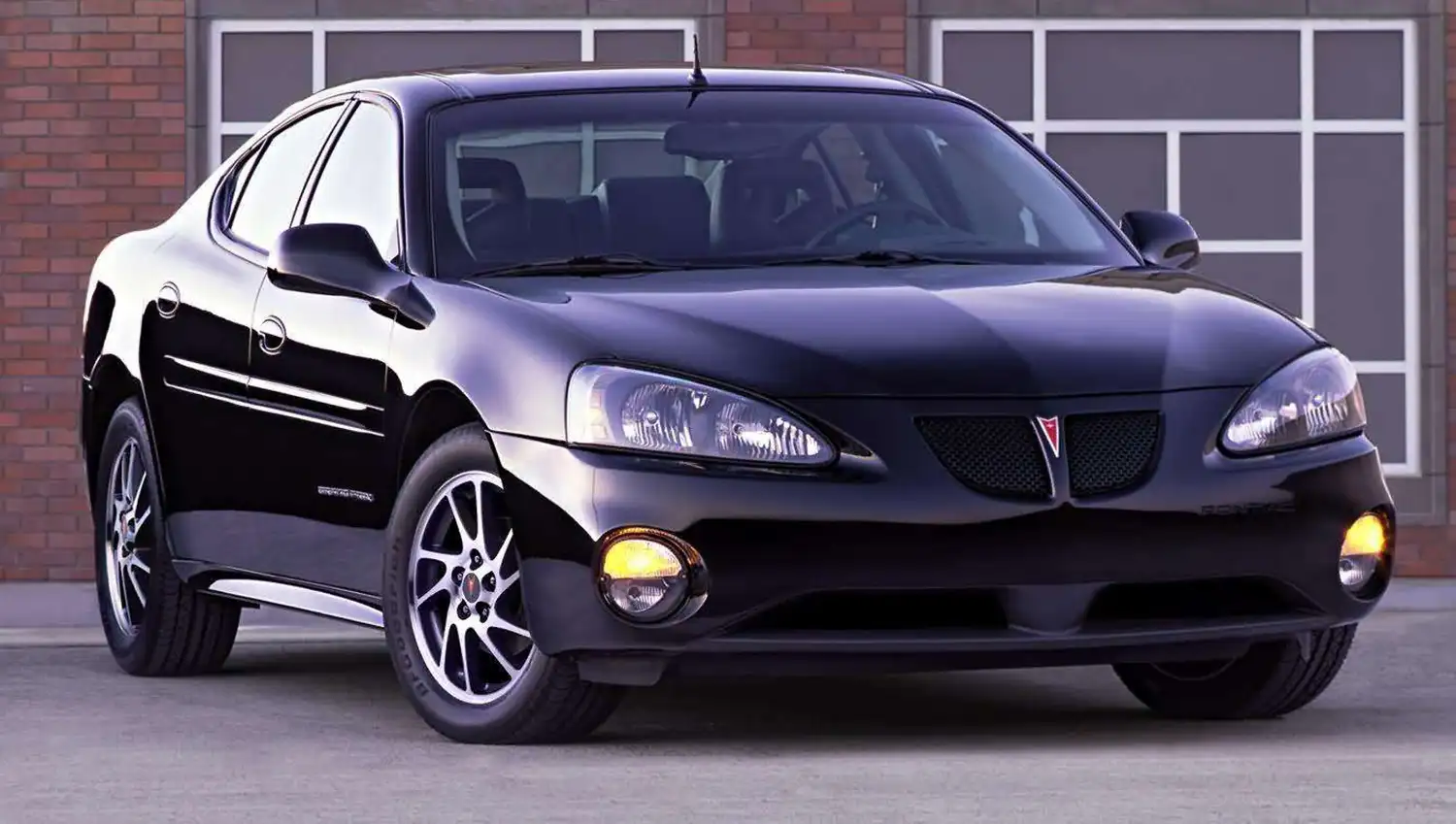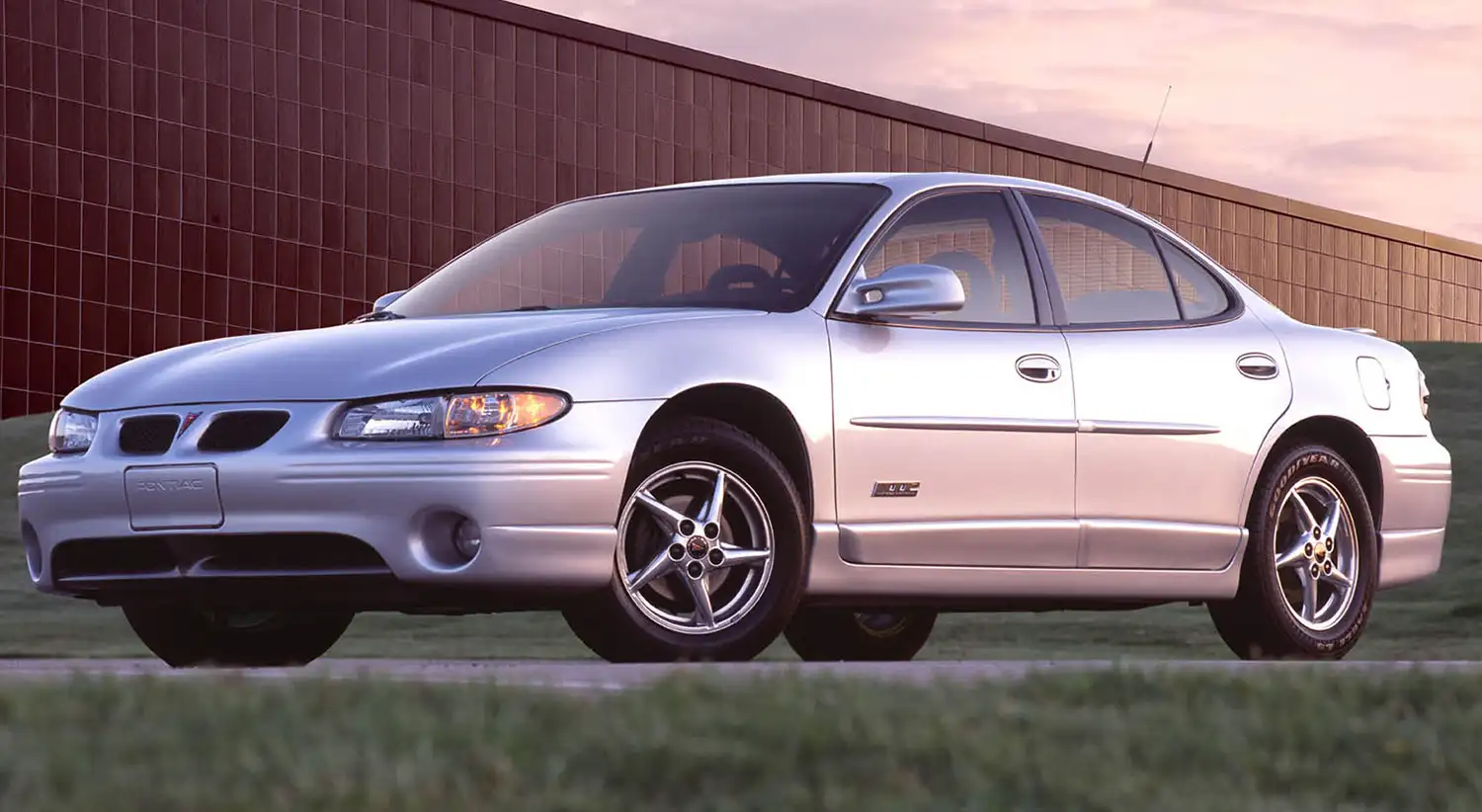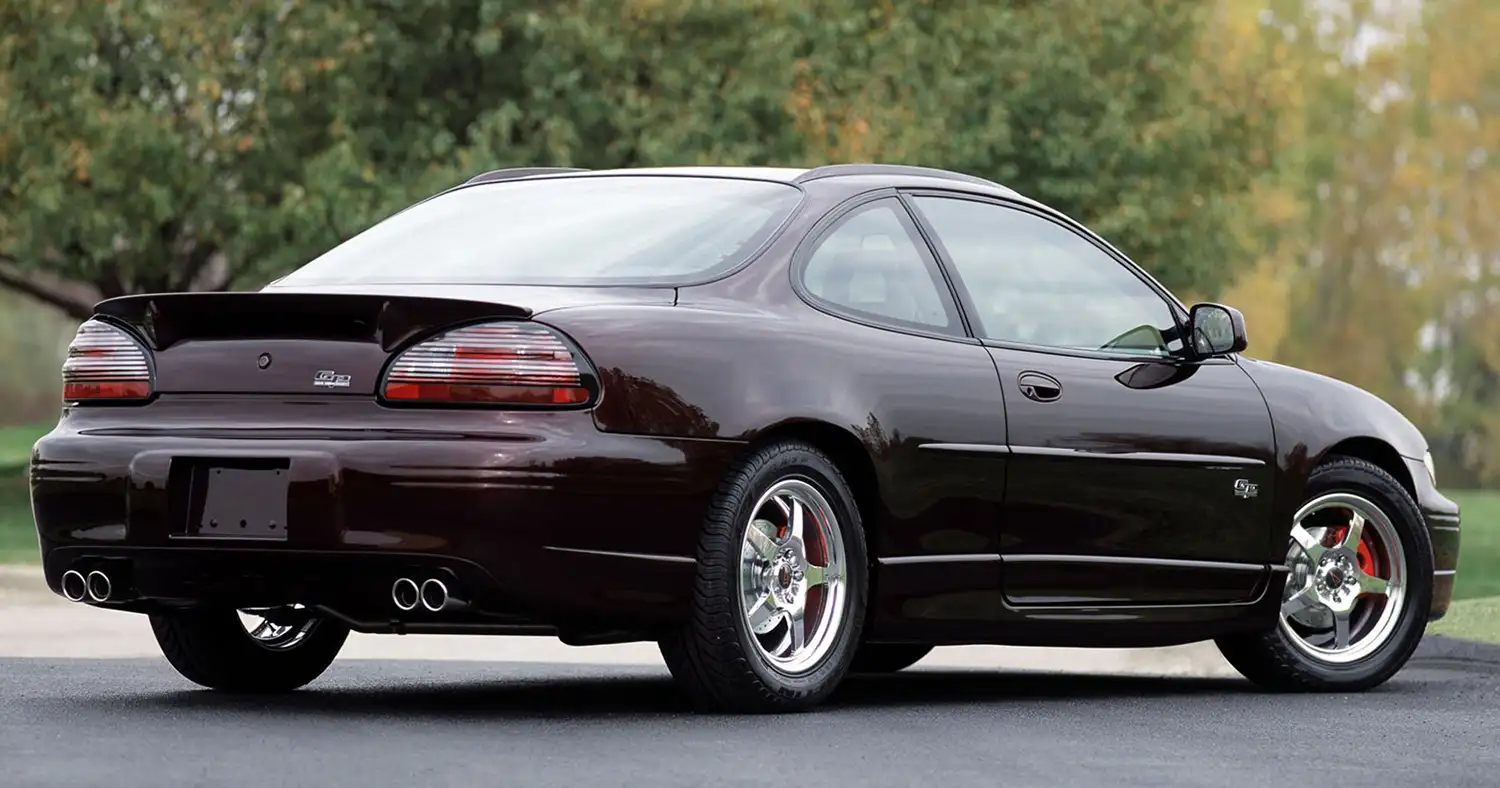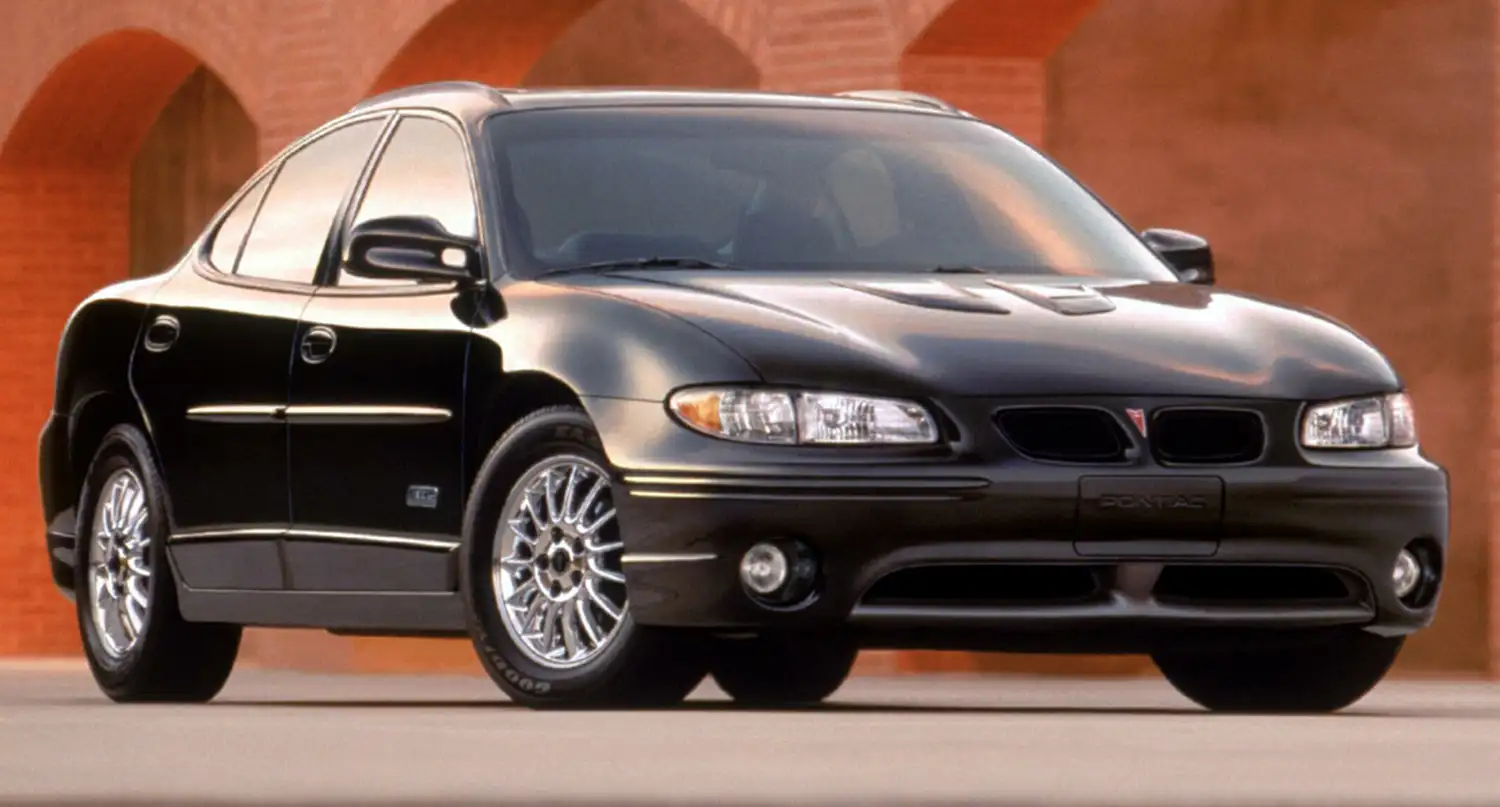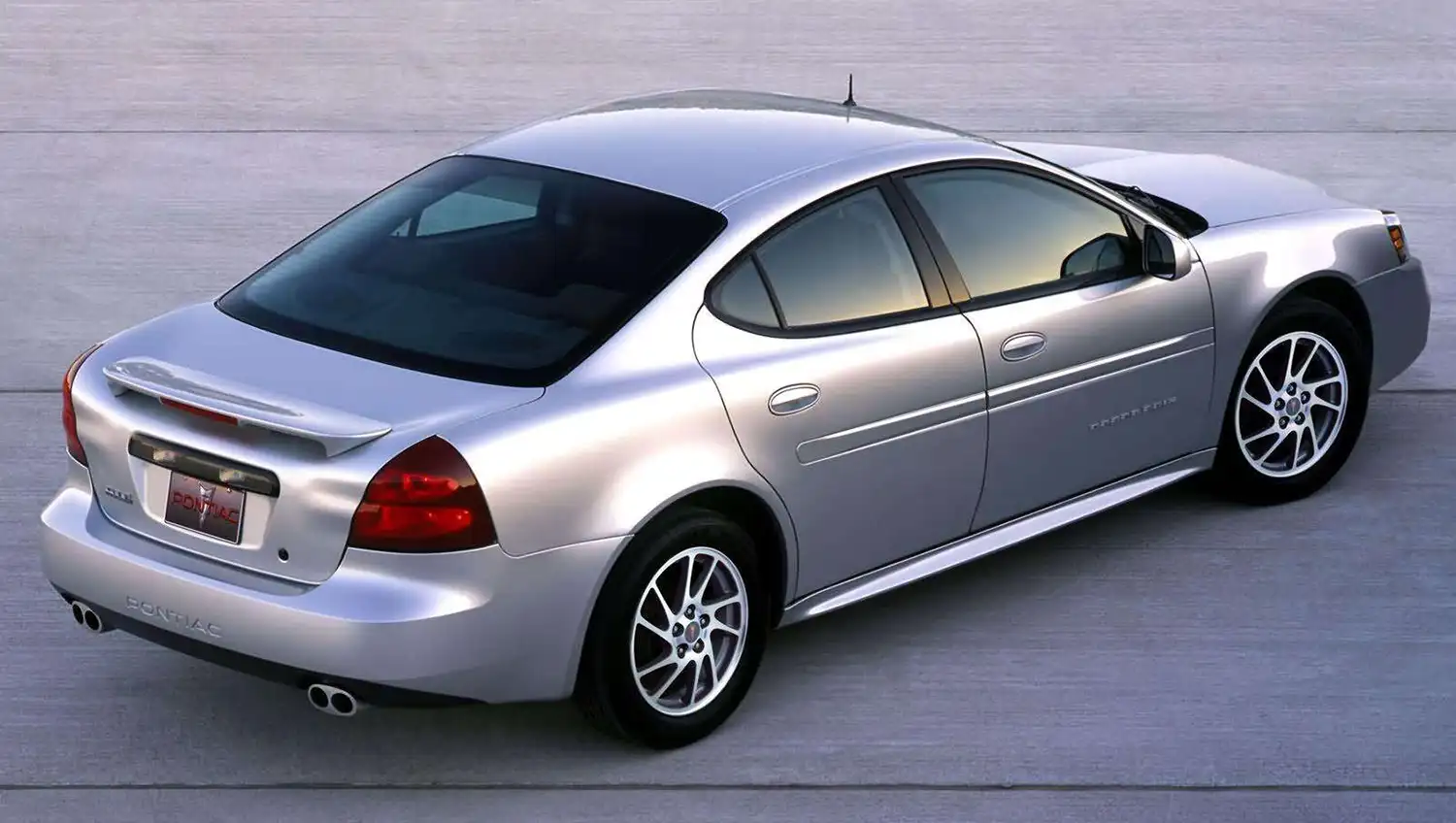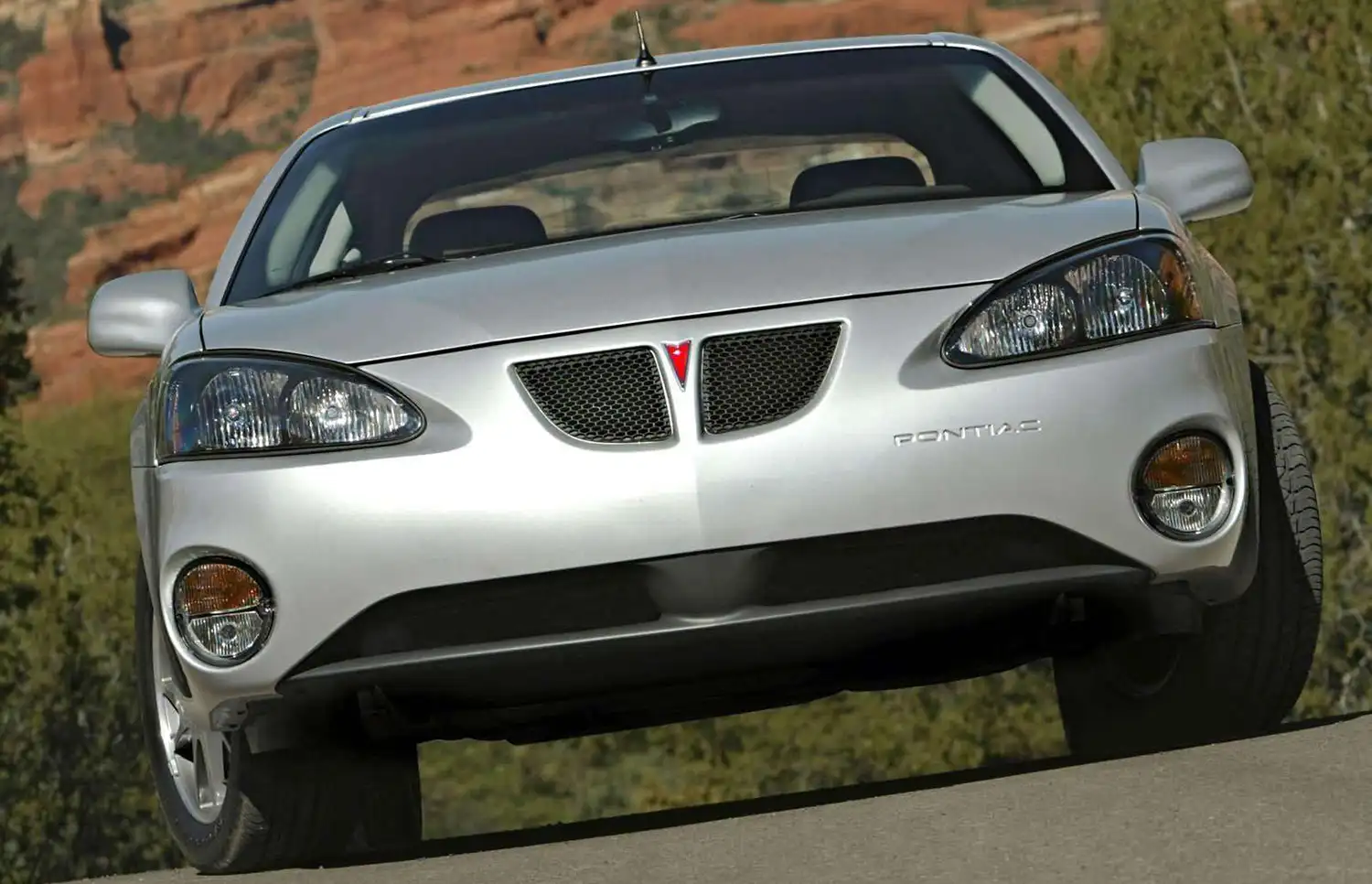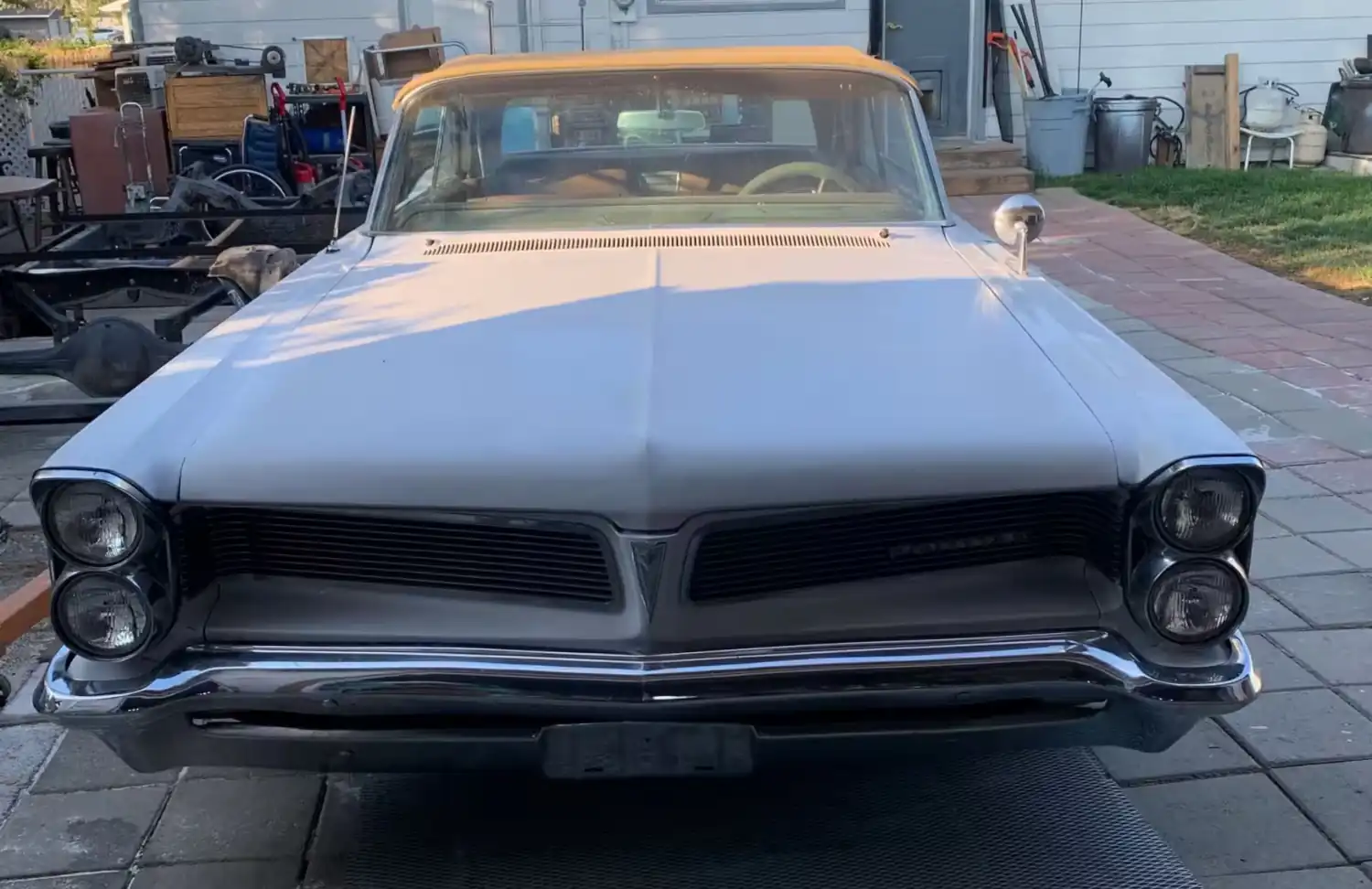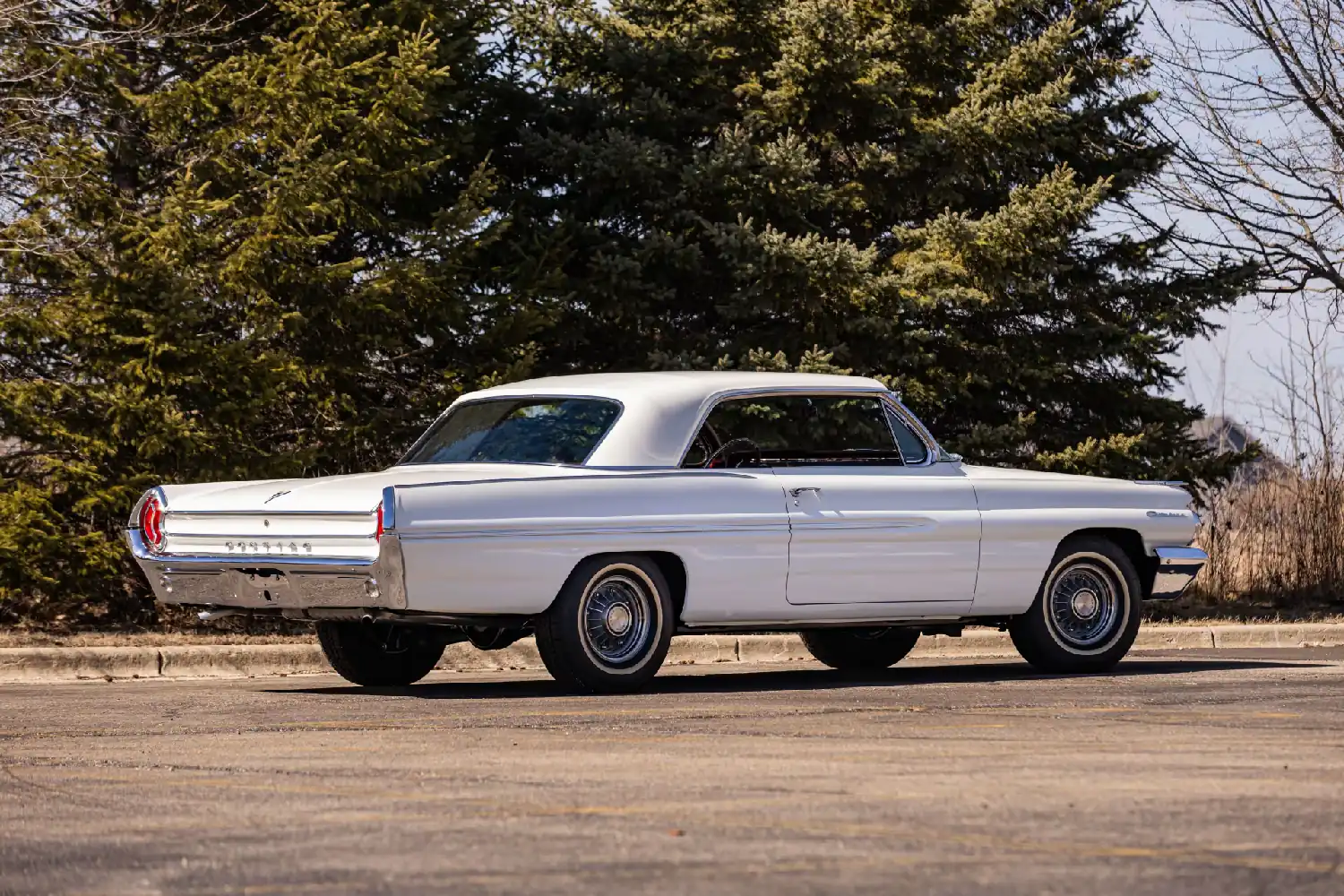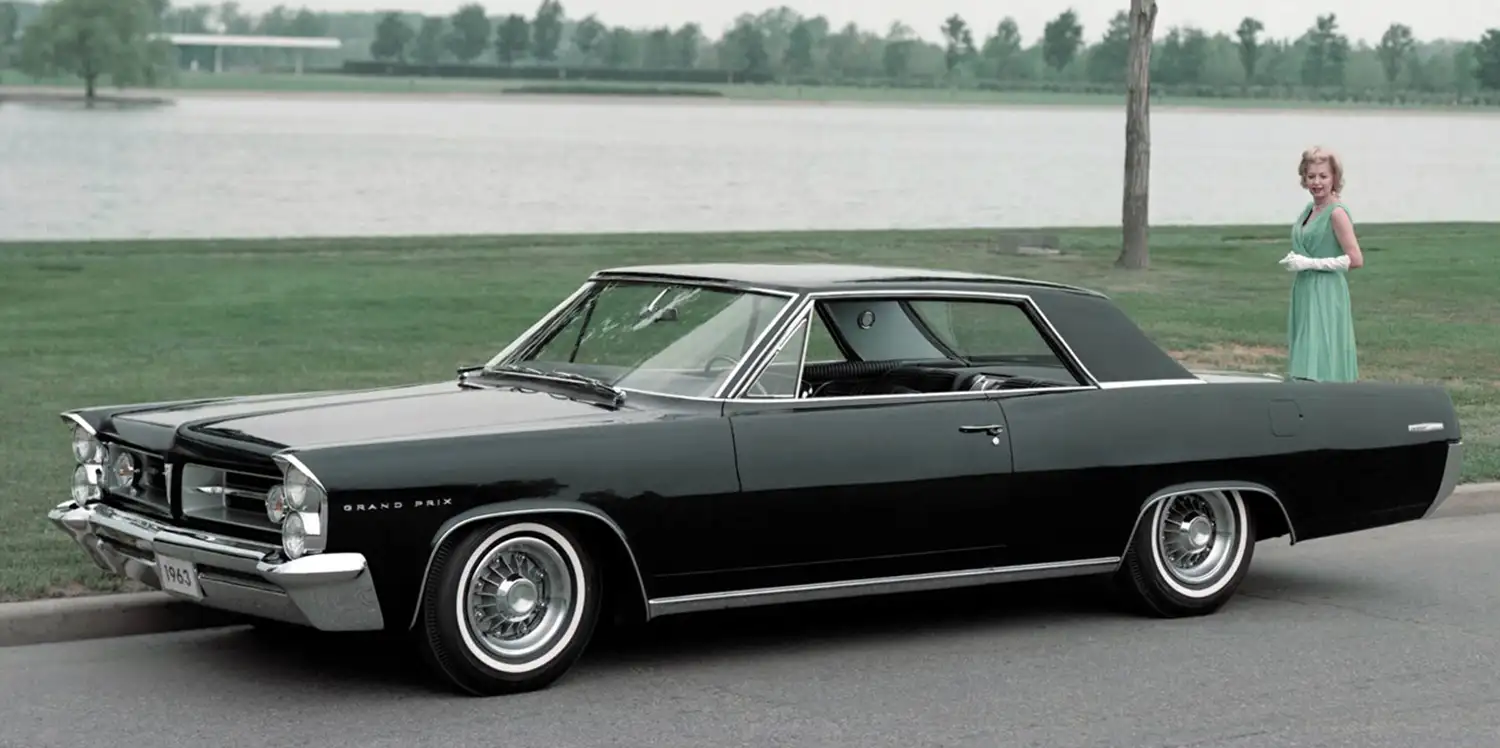
The Pontiac Grand Prix performance legacy from 1962 to 2008 spans decades of innovation and power. From bold beginnings to refined final editions, this American icon continuously evolved. The Grand Prix left a mark with its style, power, and driver-focused character.
Origins of a Performance Icon
Launched in 1962, the Grand Prix began as a stylish offshoot of the Catalina coupe. It featured minimal chrome and a sportier interior layout. Pontiac’s Advanced Engineering team, led by John De Lorean, shaped the car’s early identity. The Grand Prix quickly earned respect as a serious performance machine.
Muscle Under the Hood
Early models had access to Pontiac’s full performance catalog. Highlights included the factory Super Duty 421 engine in select 1962–1963 cars. By 1967, base models offered a 400 cubic inch V8 with 350 horsepower. Optional 428 V8s pushed output to 390 horsepower. Transmission choices included manual and Hydra-Matic automatics.
Evolving Design and Features
By 1963, the Grand Prix stood out with a squared roofline and concave rear window. Luxurious interiors featured bucket seats and center consoles. Through the ‘60s, design leaned toward minimal exterior trim. Yet performance remained strong, reinforcing the Grand Prix’s image as more than a cruiser.
1997 Redesign and Supercharged Power
In 1997, Pontiac reintroduced the Grand Prix with a sleek, wide-track stance. The GTP trim gained attention with its supercharged V6 producing 240 horsepower. The model quickly became a favorite among enthusiasts for its balance of comfort and power.
2004 Update and the Return of the V8
The 2004 update brought sharper lines and a performance-focused GXP model. In 2005, the GXP debuted a 5.3-liter LS4 V8 delivering 303 horsepower and 323 lb-ft of torque. This was the first V8 Grand Prix since 1987. Formula One-inspired TAPshift added semi-manual control to the driving experience.
Powertrain Options and Final Variants
By 2006, buyers could choose between three variants: a base model with the 3800 Series III V6, a GT with a supercharged version of the same engine, and the GXP with the 5.3L V8. The 3800 Series III featured intake and head redesigns that improved performance by 20 horsepower.
The Final Lap
Pontiac ended Grand Prix coupe production in 2002. Sedan production continued through 2008 before the model gave way to the Pontiac G8. While the Grand Prix’s run ended, its performance-focused spirit lived on in GM’s lineup.
Summary
The Pontiac Grand Prix combined muscle car power with personal luxury across its long production life. Each generation brought new features, stronger engines, and refined styling. Its legacy is one of bold American performance paired with comfort and innovation.
Disclaimer: This article is intended for general informational purposes only. Vehicle availability, features, and specifications may vary over time.
